Poseidon and Typhoon squadrons at RAF Lossiemouth have lifted the lid on their vital roles on home soil and abroad amid Russia’s invasion of Ukraine.
The Press and Journal visited the Moray base to chat to personnel about their jobs to defend UK and Nato airspace and waters from intruders.
It comes as the RAF has ramped up Nato and domestic operations in response to increased aggression from Russia.
RAF Lossiemouth spy planes tracking Russians submarines
A fleet of nine P-8 Poseidon aircraft operates from the Moray coast, tasked with securing the seas from threats lurking beneath the waves.
Each plane is equipped with 129 sonobuoys, which are dropped into the ocean and act as microphones to detect noises from submarines.
The Ministry of Defence ordered the Poseidon fleet in 2016 to respond to the increasing threat in the Atlantic.
Last May, defence secretary Ben Wallace warned that Russian submarines are circling the entire coastline of Britain.
The submarine-hunting spy planes’ recent missions have ranged from deep water operations in the Mediterranean to littoral operations in the Baltics.
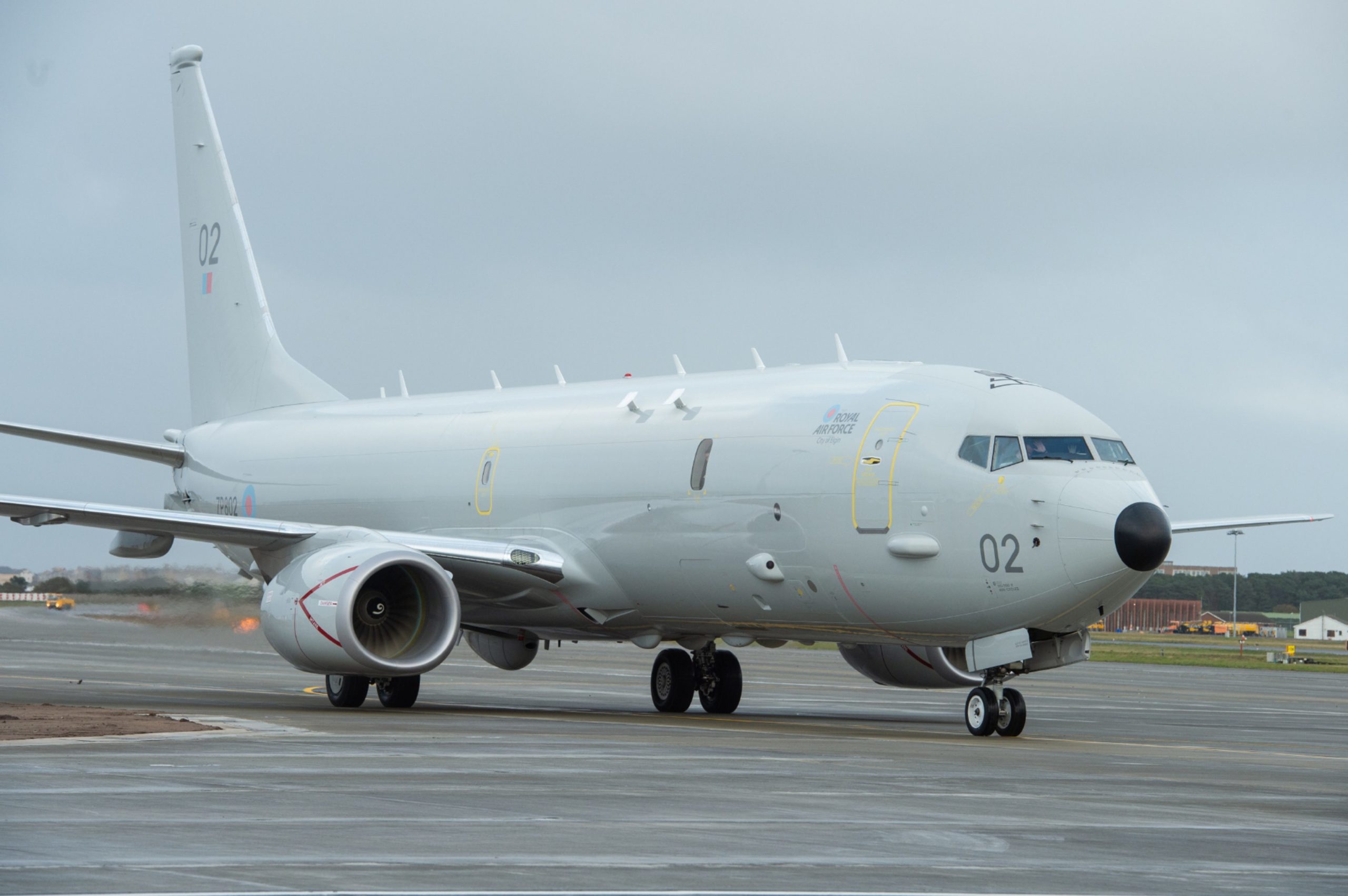
Squadron leader for Poseidon 120 and pilot Ian Birchall said: “Our job is to defend the UK and its surrounding territorial waters and our area.
“We’ve always been paying attention to the increasing number of Russian submarines.
“It’s just others don’t really pay attention and we don’t always tend to talk about what we do.
“We are also supporting our allies and the rest of Nato across the world from the Atlantic to the Mediterranean.
“Missions are very much a marathon, not a sprint.
“My job is simply to get the people operating the sensors and coordinating and talking to other people.”
‘A lot of people don’t understand the role of submarine hunters’
Poseidon lead electronic warfare operator Craig Thomson’s main responsibility is to monitor the aircraft’s radar systems.
He explained: “We build up our understanding of the maritime environment during our missions and pass on the information to the tactical team so they can best utilise the aircraft.
“It is vital everyone gets a voice, as anyone could pick up a nugget that other members of the crew missed and prove to be key in our operations.
“A lot of people don’t understand it and mainly because it hasn’t been until now that we have started to talk about submarine warfare which has been on the go since the Cold War.”
Weapons system officer Mike Wells described his first experience of uncovering a Russian submarine: “Coming straight off training, it was one of my first flights for the 120 Poseidon squadron where I saw my first Russian submarine.
“It is all we have trained for years to do and I had a weird mix of emotions of happiness, nervousness and some adrenaline.
“The last thing you want to do is lose it, you have to stay calm and rely on your training to do your job.”
Role of Typhoons at RAF Lossiemouth
RAF Lossiemouth is home to the Quick Reaction Alert service.
The QRA operation involves RAF personnel being alert and ready to respond 24/7 to unidentified aircraft or potential intruders.
The crews are the UK’s first line of defence if an enemy was to choose to launch an attack on the country.
Annually, crews get deployed to help on air policing missions to defend Nato airspace around areas such as the Baltic region and Romania.
Since Putin’s army invaded Ukraine on February 24, Typhoons have been involved in Nato Enhanced Vigilance Activity to defend Europe and the Atlantic region against further aggression.
Officer Commanding 1(F) Sqn Wing Commander John Cockcroft explained: “The base is already very much aligned to NATO and our partners as well.
We may not be on the ground in the middle of the invasion, but we are fully prepared to defend Nato airspace from Russian aggression.”
John Cockcroft
“We have several assets all ready to defend the United Kingdom 24/7.
“Locals might think we are not doing much more, we are now busier as a force and increasing our readiness to deal with any situation that arises.
“Since the Ukraine invasion, we have increased flying sorties from here to defend Nato airspace.
“The bread and butter of QRA helps a lot, as Nato air policing is the same but at a different location.
“We may not be on the ground in the middle of the invasion, but we are fully prepared to defend Nato airspace from Russian aggression.”
What is it like to be a Typhoon pilot?
Pilot Chergs is involved in various missions to defend UK and Nato airspace from intruders.
The 31-year-old hasn’t been called into action yet to interrupt a Russian aircraft.
He said: “I only arrived here at RAF Lossiemouth six months ago.
“In training you are only a few failed trips away from missing out on flying a Typhoon.
“The pressure is on it from the start to the finish.
“I thought the training was quite intense and tricky at times.
“When you get to the frontline it seems nice as you’re at the other end.
Flying for the first time there was just a pure excitement and anxiety at the same time.”
Pilot Chergs
“I haven’t experienced a scramble yet, I can imagine it to be quite exhilarating and scary.
“Flying for the first time there was just a pure kind of excitement and anxiety at the same time.
“Once you get used to it, which I’m getting there now, it’s been quite a calm environment.”
- September 1, 2022
- October 20, 2023
- September 8, 2023
- August 20, 2023
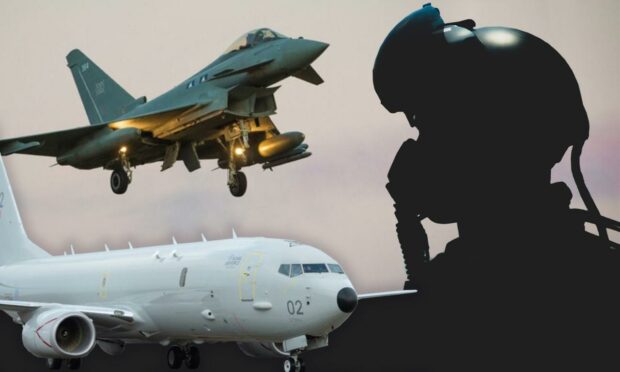
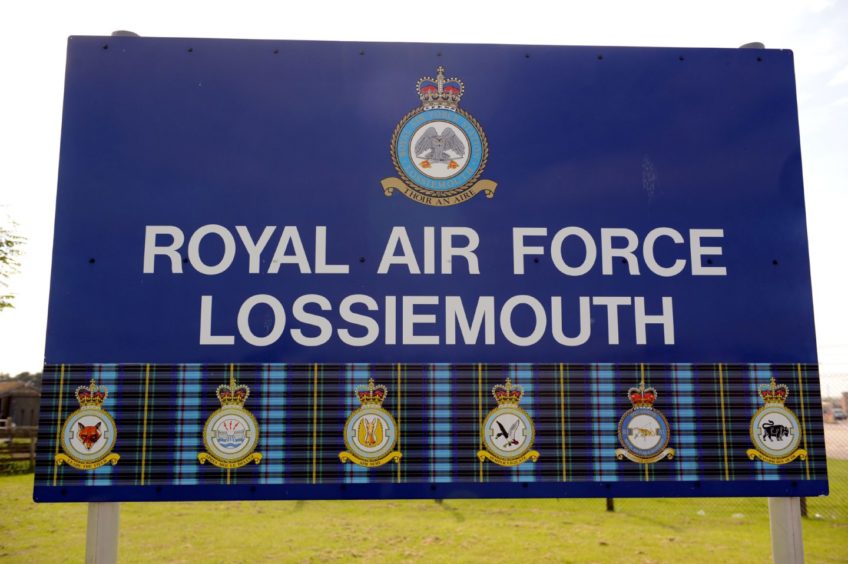
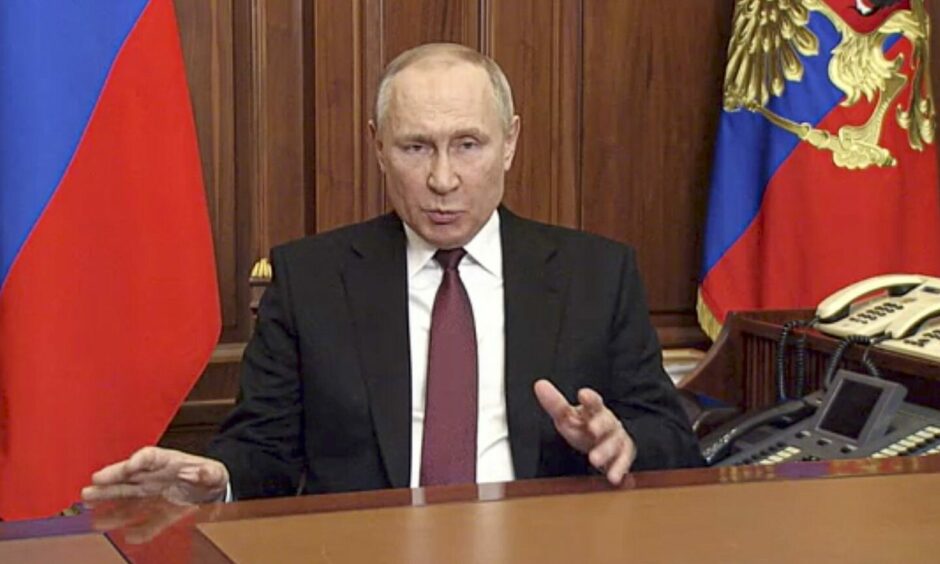
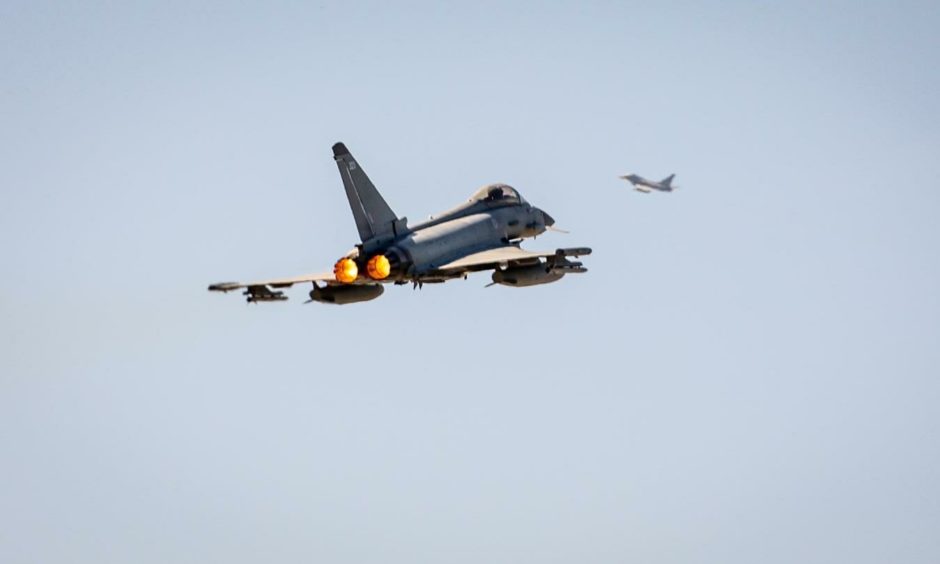
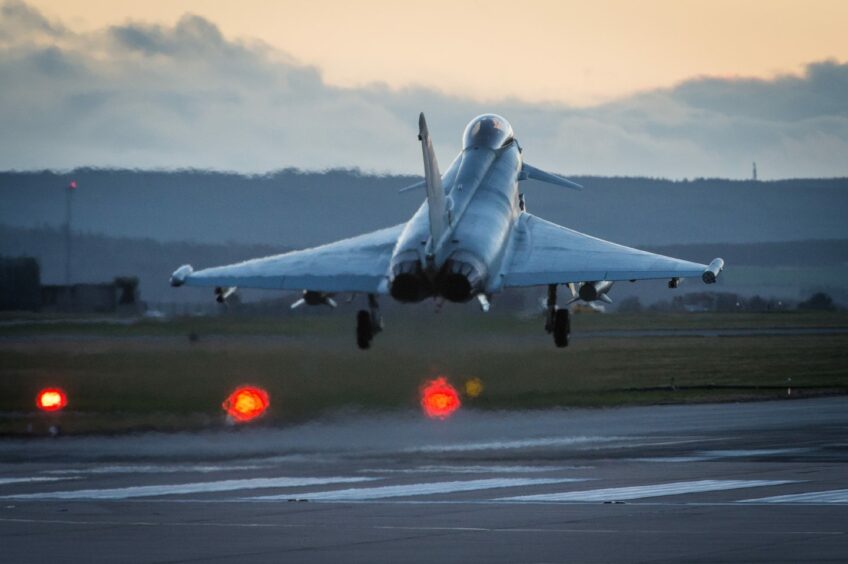
Conversation